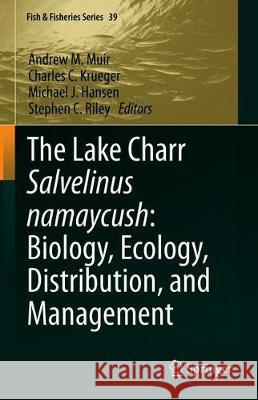The Lake Charr Salvelinus Namaycush: Biology, Ecology, Distribution, and Management » książka
topmenu
The Lake Charr Salvelinus Namaycush: Biology, Ecology, Distribution, and Management
ISBN-13: 9783030622589 / Angielski / Twarda / 2021 / 497 str.
The Lake Charr Salvelinus Namaycush: Biology, Ecology, Distribution, and Management
ISBN-13: 9783030622589 / Angielski / Twarda / 2021 / 497 str.
cena 685,93
(netto: 653,27 VAT: 5%)
Najniższa cena z 30 dni: 655,41
(netto: 653,27 VAT: 5%)
Najniższa cena z 30 dni: 655,41
Termin realizacji zamówienia:
ok. 22 dni roboczych.
ok. 22 dni roboczych.
Darmowa dostawa!
Kategorie:
Kategorie BISAC:
Wydawca:
Springer
Seria wydawnicza:
Język:
Angielski
ISBN-13:
9783030622589
Rok wydania:
2021
Wydanie:
2021
Numer serii:
000094610
Ilość stron:
497
Waga:
0.91 kg
Wymiary:
23.39 x 15.6 x 3.02
Oprawa:
Twarda
Wolumenów:
01
Dodatkowe informacje:
Wydanie ilustrowane











